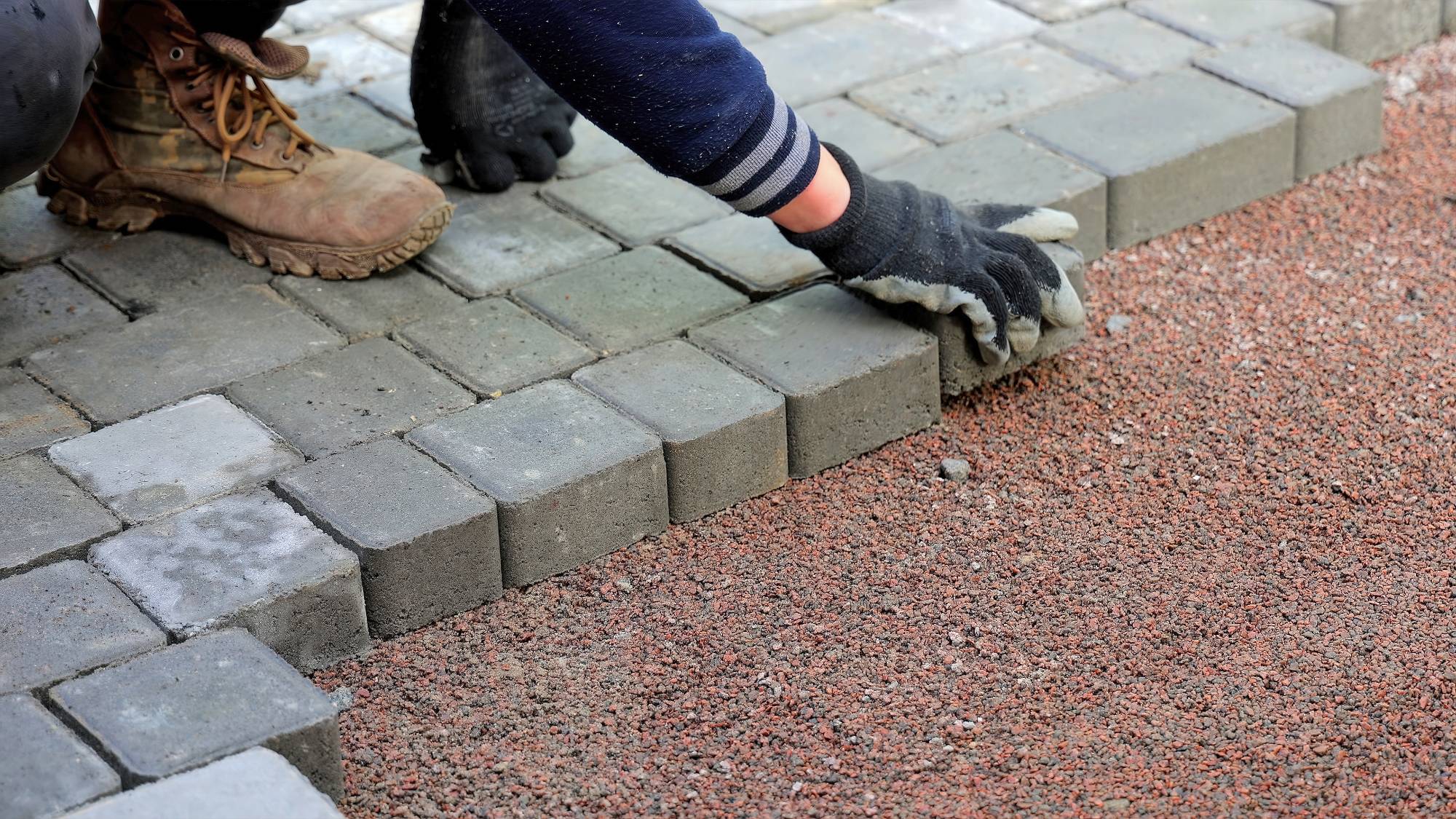Expert chimney repair and building services for Norfolk and Plymouth County homeowners seeking reliable, professional solutions.
Share:

Most homeowners wait until they see obvious damage before calling a chimney repair company. That’s like waiting for your car to break down on the highway before getting an oil change.
Your chimney is working hard every time you light a fire, dealing with extreme temperature changes, moisture, and corrosive byproducts. Small cracks in the crown or loose mortar joints might not look like much, but they’re letting water into places it shouldn’t go.
The real problems start when that water freezes and expands, turning minor issues into major structural damage. By then, you’re looking at thousands in repairs instead of hundreds in preventive maintenance.

White staining on your chimney’s exterior isn’t just cosmetic. That’s efflorescence, and it means water is getting into your masonry and bringing salts to the surface as it evaporates. Left alone, this process breaks down your mortar and bricks from the inside out.
Rust on your damper or firebox tells a similar story. Chimneys are designed to handle fire and heat, not constant moisture. When you see rust, you’re seeing the result of water getting where it shouldn’t be, usually through a damaged crown or faulty flashing.
Inside your home, look for water stains on walls or ceilings near your chimney. Check for white staining around your fireplace opening. These aren’t minor cosmetic issues you can ignore until spring. They’re warning signs that your chimney’s protective systems are failing.
Your nose knows problems too. Musty odors coming from your fireplace during humid weather usually mean water is sitting somewhere in your chimney system. That moisture creates the perfect environment for mold and accelerates the deterioration of your chimney’s interior.
Don’t ignore changes in how your fireplace draws smoke. If smoke is entering your room instead of going up the chimney, something is blocking proper airflow. This could be debris, animal nests, or structural damage that’s changing how air moves through your system.
Massachusetts weather is tough on chimneys. You’re dealing with freeze-thaw cycles that can crack even well-built masonry, plus the kind of driving rain that finds every weak spot in your chimney’s defenses.
Many homes in Norfolk and Plymouth County were built decades ago, when chimney construction standards were different. Older chimneys often lack proper liners or have liners that have deteriorated over time. Without a good liner, you’re risking carbon monoxide leaks and house fires.
The salt air near the coast accelerates corrosion of metal components like dampers, flashing, and chimney caps. What might last 20 years inland could need replacement in 10-15 years closer to the water.
Local building codes have evolved too. If you’re doing any major chimney work, you’ll need to bring things up to current standards. This isn’t just bureaucratic hassle – these codes exist because we’ve learned better ways to build safe, durable chimneys.
Tree coverage common in Massachusetts neighborhoods creates another challenge. Falling branches can damage chimney crowns and caps, while overhanging trees drop leaves and debris that can block your chimney and create fire hazards.
Real chimney repair starts with understanding what’s actually wrong, not just treating symptoms. A professional inspection involves checking every component of your chimney system, from the foundation to the cap.
The process isn’t about selling you the most expensive solution. It’s about identifying problems early when they’re still manageable and affordable to fix. Good chimney contractors will show you exactly what they’re seeing and explain why certain repairs are urgent while others can wait.
Most repairs follow a logical sequence. You fix structural issues first, then address water infiltration, then handle cosmetic problems. Doing things out of order wastes money and doesn’t solve the underlying problems.

A thorough chimney inspection covers three levels, depending on what we find and your chimney’s history. Level 1 inspections are basic visual checks suitable for chimneys in regular use with no known problems.
Level 2 inspections involve video scanning of your flue and are required when you’re selling your home, changing fuel types, or after any event that could have damaged your chimney. This is where most hidden problems get discovered.
Level 3 inspections involve removing parts of your chimney structure to access areas that can’t be seen otherwise. These are only done when serious hazards are suspected.
During any inspection, we check your chimney crown for cracks, examine flashing around the base, look at mortar joints for deterioration, and assess the condition of your chimney cap and spark arrestor.
Inside, we evaluate your damper operation, check for creosote buildup, look for signs of water intrusion, and make sure your flue liner is intact and properly sized for your heating appliance.
We take photos of problem areas and explain what you’re looking at. We provide a written report that prioritizes repairs by urgency and safety, not by profit margin.
Chimney crown repair is one of the most common jobs, and for good reason. Your crown is your chimney’s first defense against water, and crowns crack over time due to settling and weather exposure. Minor crack sealing might cost a few hundred dollars, while full crown replacement runs $1,000-$2,500 depending on your chimney’s size.
Repointing mortar joints is labor-intensive but essential when mortar starts crumbling. Costs vary widely based on how much of your chimney needs work, but expect $500-$2,000 for typical repairs. Waiting too long turns repointing into partial rebuilding, which costs much more.
Flashing repair is critical because most chimney leaks start where your chimney meets your roof. Proper flashing work requires understanding both roofing and masonry, which is why it’s often done wrong. Quality flashing repair runs $300-$800 but prevents thousands in water damage.
Chimney liner installation or repair is a bigger job but essential for safety. Clay tile liner repair might cost $1,500-$3,000, while stainless steel liner installation runs $2,500-$5,000. This isn’t optional if your liner is damaged – it’s a safety issue.
Full chimney rebuilds are the most expensive option, typically $4,000-$15,000 depending on height and complexity. But this is usually only necessary when chimneys have been neglected for years or damaged by severe weather.
Your chimney problems won’t fix themselves, and they won’t get cheaper to repair if you wait. The difference between a minor repair and a major rebuild often comes down to catching problems early and working with someone who knows what they’re doing.
Look for contractors who can explain what’s wrong in plain English, show you the problems they’ve found, and give you a clear timeline for getting the work done. The cheapest bid usually isn’t the best value when you’re talking about your family’s safety.
We’ve been helping Norfolk and Plymouth County homeowners keep their chimneys safe and functional for years. When you’re ready to get your chimney problems solved right the first time, give us a call.
Article details:
Share: